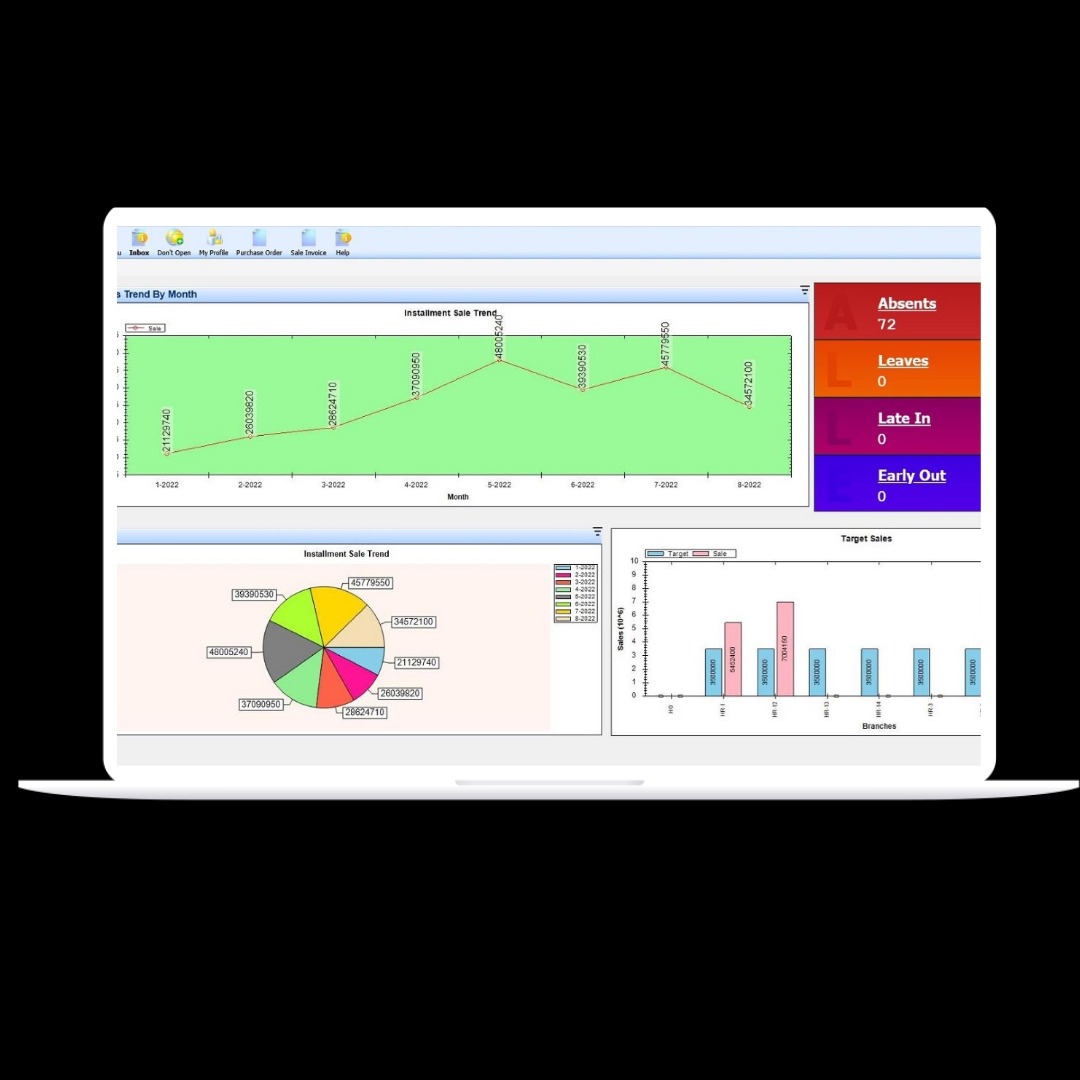How to Choose the Right Holiday Rental Software for Your Business Size: 10 Essential Points
When it comes to managing holiday rentals, choosing the right software is a game-changer. The right software can streamline operations, boost bookings, and enhance guest satisfaction. However, with a plethora of options available, selecting the best fit for your business can be daunting. Whether you’re a small property owner or a large vacation rental enterprise, here are ten essential points to guide you in choosing the right holiday rental software for your business size.
1. Assess Your Business Needs
Before diving into vacation rental management software options, assess your business requirements. Consider the number of properties you manage, the complexity of your operations, and your goals. Smaller businesses might need basic functionalities such as booking management and payment processing, while larger operations might require advanced features like multi-channel integration, dynamic pricing, and automated communication. Understanding your needs will help narrow down your choices and ensure the software aligns with your business objectives.
2. Scalability
Your business might be small now, but it’s crucial to choose software that can grow with you. Look for solutions that offer scalable features. Scalable software allows you to start with the basic package and upgrade as your business expands, avoiding the need for frequent software changes. This flexibility ensures that the software remains relevant as your property portfolio and customer base increase.
3. Ease of Use
The software’s user-friendliness is a critical factor, especially for smaller businesses that might not have dedicated IT support. A complicated interface can lead to frustration and mistakes. Opt for software with an intuitive, easy-to-navigate interface. Look for features like drag-and-drop functionality, simple navigation menus, and clear instructions. This ease of use will save time and help you manage your properties more efficiently.
4. Integration Capabilities
Consider the other tools and platforms you already use. The right Holiday rental management software should integrate seamlessly with your existing systems. For instance, if you use a specific accounting software or a preferred channel manager, ensure that your new software can integrate with these tools. Good integration capabilities facilitate data synchronization, reduce manual work, and enhance overall operational efficiency.
5. Customer Support
Reliable customer support is essential, especially during the initial setup and as you grow. Smaller businesses may need more hand-holding, while larger companies may require support to handle complex issues. Look for software providers that offer comprehensive customer support, including live chat, email, and phone support. Check user reviews to gauge the quality and responsiveness of their support team. Effective customer support can save you time and prevent potential disruptions to your business.
6. Cost vs. Value
While budget is a critical factor, it’s important to balance cost with value. Cheaper software might save you money upfront but could lack essential features, leading to inefficiencies and additional costs down the line. Conversely, the most expensive option isn’t always the best. Evaluate the features and benefits in relation to the cost. Look for software that offers a good balance of functionality and affordability, and consider the return on investment in terms of time saved and increased bookings.
7. Mobile Accessibility
In today’s fast-paced world, mobile accessibility is a must. Choose software that offers a robust mobile application, allowing you to manage your properties on the go. This is especially important for smaller businesses where the owner or manager might be handling multiple tasks. Mobile accessibility ensures that you can respond to bookings, communicate with guests, and manage operations from anywhere, providing flexibility and improving efficiency.
8. Security Features
Data security is paramount in the holiday rental industry. You handle sensitive guest information and payment details, so choosing software with strong security measures is crucial. Look for features like SSL encryption, data backup, and secure payment gateways. Additionally, compliance with data protection regulations such as GDPR is essential. Secure software not only protects your business from data breaches but also builds trust with your guests.
9. Customizability
Every business has unique needs and processes, so the ability to customize your software is vital. Customizable software allows you to tailor features to your specific requirements, whether it’s branding your booking site, setting unique pricing rules, or creating custom reports. This flexibility ensures that the software can adapt to your business processes, providing a more tailored and effective solution.
Every business has unique needs and processes, so the ability to customize your software is vital. Customizable software allows you to tailor features to your specific requirements, whether it’s branding your booking site, setting unique pricing rules, or creating custom reports. This flexibility ensures that the software can adapt to your business processes, providing a more tailored and effective solution.
Furthermore, customization can enhance the guest experience by allowing you to implement personalized touches, such as automated messaging tailored to individual guest preferences, custom booking forms that capture relevant guest information, or specific upselling options based on previous guest behavior. By aligning the software closely with your operational model and customer needs, you can optimize your workflow, improve efficiency, and ultimately, drive greater guest satisfaction and loyalty.
10. User Reviews and Testimonials
Lastly, don’t overlook the value of user reviews and testimonials. These can provide insights into the software’s real-world performance, usability, and support quality. Look for reviews from businesses similar in size to yours to understand how the software meets their needs. Pay attention to recurring praises or complaints, as these can highlight the software’s strengths and weaknesses. User feedback can be a valuable resource in making an informed decision.
Conclusion
Choosing the right holiday rental software is a crucial decision that can significantly impact your business’s efficiency and success. By considering your business size and specific needs, you can identify the features that are most important to you. Focus on scalability, ease of use, integration capabilities, and customer support to ensure that your chosen software can grow with your business and meet your evolving needs. Don’t forget to balance cost with value, prioritize mobile accessibility, ensure robust security features, and look for customizability. Finally, leverage user reviews to gain insights into the software’s performance and reliability. With careful consideration, you can select the perfect software to streamline your operations and enhance your holiday rental business.
This blog provides a comprehensive guide to help you navigate the complex landscape of holiday rental software, ensuring you make a well-informed decision that aligns with your business goals and growth trajectory.



